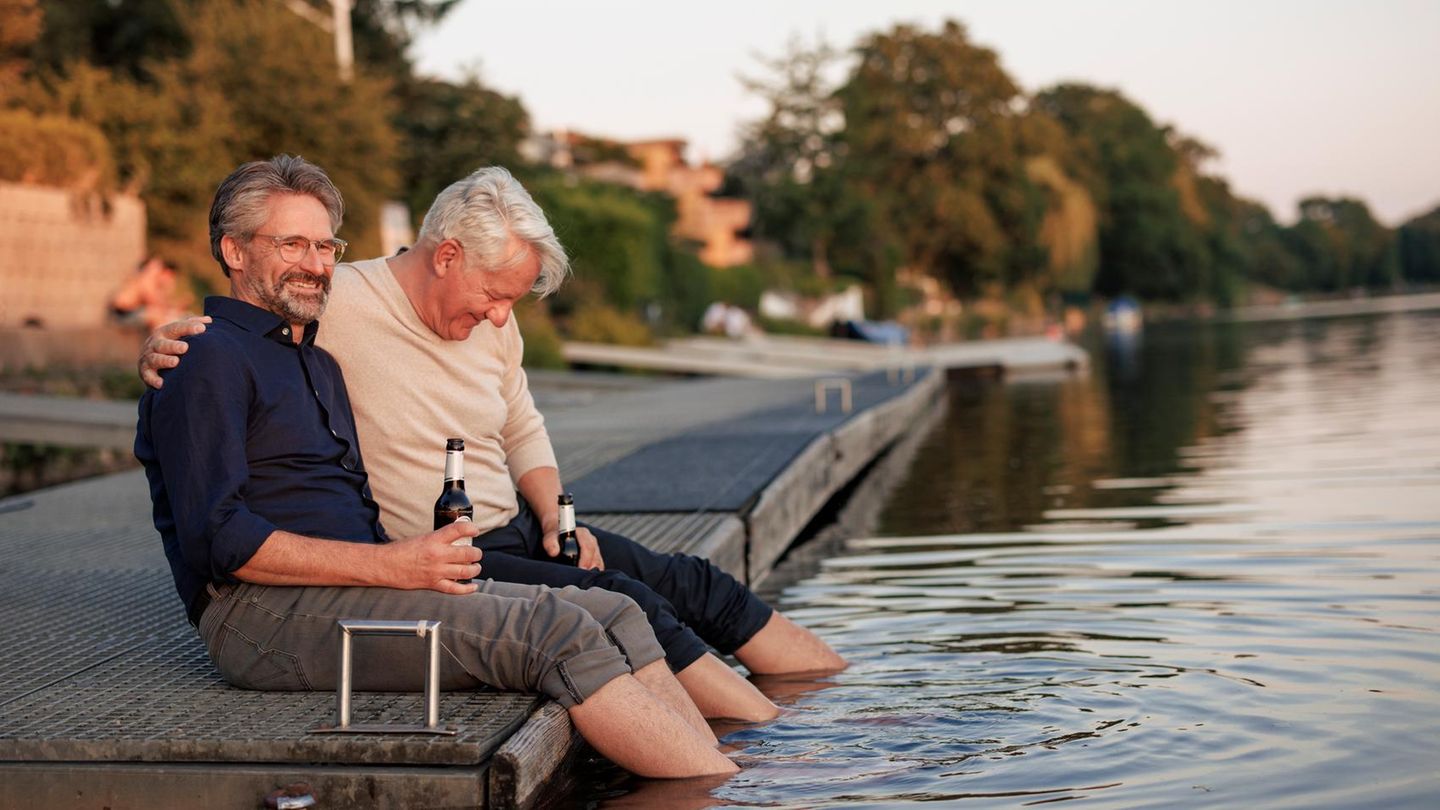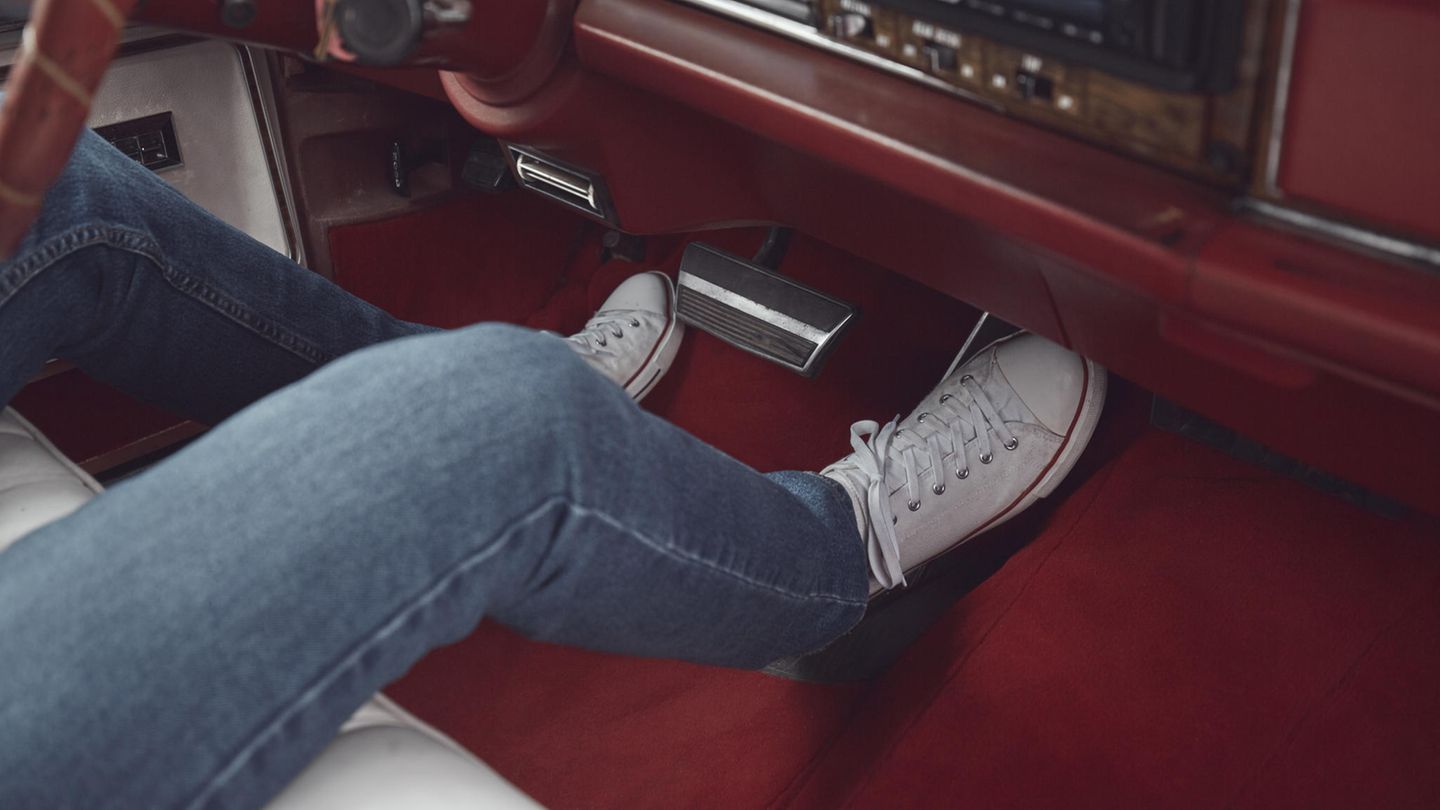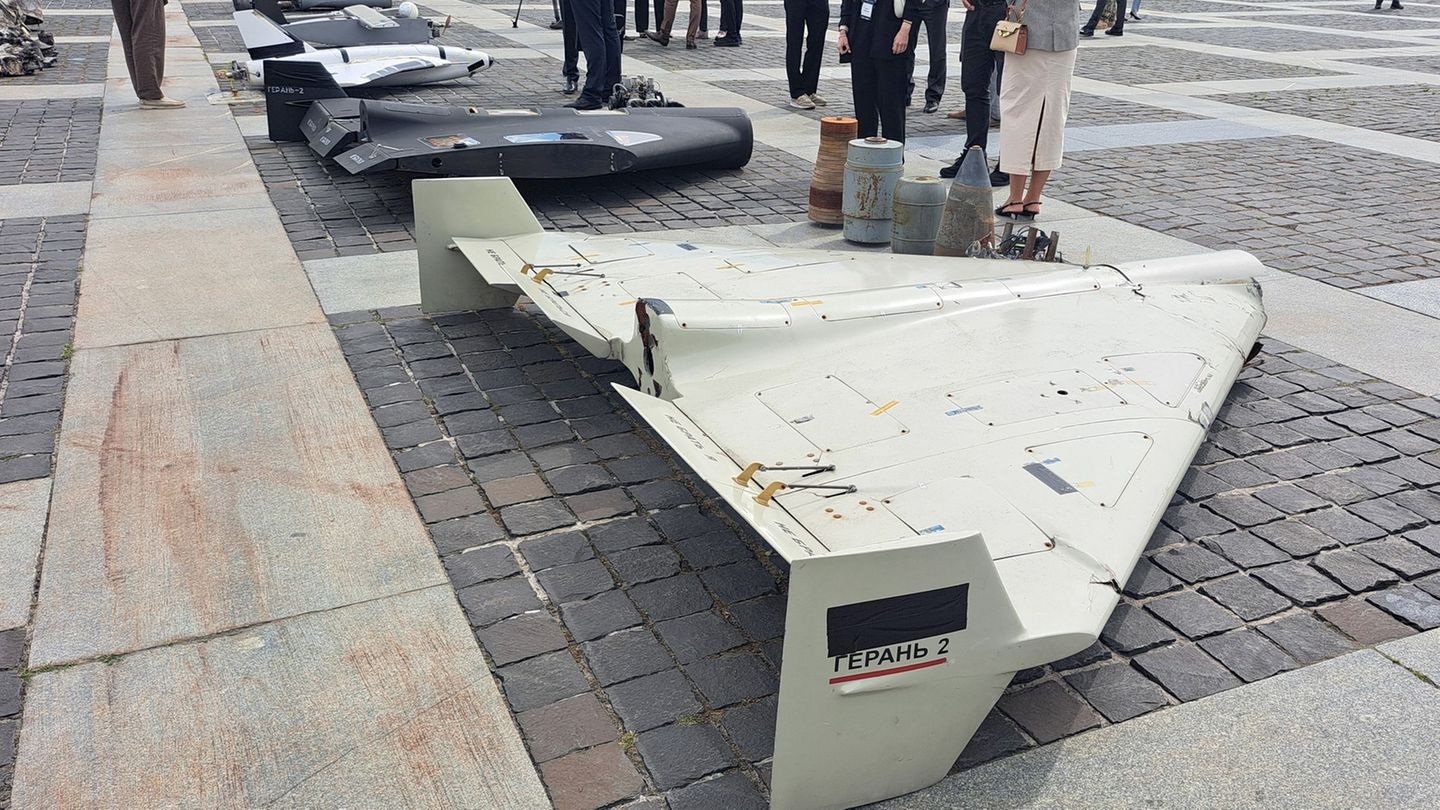He Consumer index (CI) fell 5.6% year-on-year (y-o-y) in Julyaccording to the Argentine Chamber of Commerce and Services (CAC)although this organization highlighted that “the rate of decline observed in June slowed and resembled that of May”In the seasonally adjusted series the data was positive, with growth 1.8% compared to June.
In the first seven months of the year, the indicator has accumulated a fall of 6.2% year-on-year.thus deepening the notable deterioration in consumption experienced since the beginning of 2024.
The CAC estimates a Average nominal household income of $1,307,000 in July 2024. “This income implies a 17% drop in their purchasing power,” the report highlights.
Recession: Is there a timid recovery in consumption?
In the seasonally adjusted series, the consumption index grew 1.8% in July compared to the previous month, amid a scenario of monthly inflation slowdown marking the lowest rate of the year in that month. In July 2024 the monthly variation was 4%, the year-on-year of 263.4% and a cumulative of 87%.
“The resumption of the deflationary process has contributed positively to a timid seasonally adjusted recovery of consumption,” the CAC stressed and insisted that “could begin a gradual upward path”They also highlighted that maintaining the devaluation rate at 2% favoured the “inflationary dynamic”, slowing its pace in recent months despite the slight setback in June.
“Maintaining this scheme could mean a gradual recovery of real household income,” the CAC said, and maintained that it would have a positive impact on consumption in the coming months. However, they warned that “The dynamics of tariffs and subsidies for public services will be essential to ensure that inflation does not accelerate again and negatively impact consumption”.
Consumption: Argentines cut back on clothing and footwear purchases
Within the headings, a general dynamic of year-on-year decrease is observed compared to the values of July 2023, led by clothing and footwearwhich showed a collapse of 19.1% ia The exception was Housing, rents and utilitieswhich grew by 2.9% year-on-year, driven by the year-on-year increase in demand for electricity.
Clothing and footwear contributed negatively 1.2 percentage points (pp) to the decline of 5.6% ai of the IC“Once again, this is explained by the postponement of non-essential consumption due to a fall in real household income,” the agency explains, although the fall was more moderate than in the previous month and stressed that “a gradual recovery in the sector could begin.”
consumption indicator.jpg
On the other hand, transport and vehicles showed a down 8.9% yoy in Julynegatively contributing 1.1 p.p. to the year-on-year variation of the IC. “The fall is explained by a large contraction in real household income, and a decrease in gasoline consumption,” he emphasizes.
Recreation and culturefor its part, showed in July a decrease of 19.7% yoy (with a negative contribution of 2 pp to the IC), which is explained by the same reasons as the clothing and footwear segment: “the fall in real income reduced purchasing power and postponed access to goods and services related to leisure.”
Source: Ambito




